As you publish your job listings on Jobs OneGlobe, job seekers will naturally start applying for your vacancies in hopes of being hired. However, shortlisting candidates is the harsh reality of selecting who to hire and onboard into your staff. According to published reports, only 20% of job applicants actually get to the interview stage of applying for a job. Of that, only 30% are considered for a job position when the interviews are done, meaning that employers and recruiters have a difficult task on their hands.
How exactly do you get a good read on a person, spot apparent red flags, and select the right candidates to shortlist for your vacancy? Let’s discuss the practicalities of shortlisting job seekers and how you should approach the topic in 2022 and beyond.
The Basics of Shortlisting Job Seekers
What exactly is “shortlisting”? According to the Cambridge Dictionary, a shortlist is “a list of people who have been judged the most suitable for a job…from which one person will be chosen”. In practice, it is the process of eliminating completely unsuited candidates from your job applicant pool and keeping the best candidates around for interviewing. As you go through interviews, you’ll also eliminate candidates and only keep, or shortlist, the most suitable individuals.
Shortlisting job seekers is difficult no matter how experienced you may be at hiring people. As trends in the job industry change, candidate expectations, skillsets, and CVs will change over time. It’s important to judge every candidate on their own merits and be open to hiring both recent graduates and seasoned professionals. With that said, what are the steps you can take to shortlist job seekers effectively and make smart hiring decisions moving forward?
“Hire for passion and intensity;
there is training for everything else.” – Nolan Bushnell
1. Set Up your Hiring Criteria
To shortlist job-seekers effectively, you need to ensure that your hiring criteria are set up from the beginning. What kinds of candidates are you looking to hire? Are you looking for candidates with formal education only, or are you open to hiring candidates who can cover the lack of formal degrees with practical experience? Do you want to exclusively hire international candidates or only local candidates?
Setting up your hiring criteria as soon as you publish your job listings will make shortlisting much simpler. You’ll be able to fast-track the selection of adequate job seekers and move into onboarding more quickly than you could otherwise.
2. Decide on How Many Candidates You’ll Shortlist
A good way to make shortlisting job candidates easier is to set some ground rules from the start. In terms of hiring new candidates, how many people are you looking for through Jobs OneGlobe? Do you intend to hire a single specialist, a dozen hospitality professionals, or a hundred healthcare professionals?
Different industries, companies, and employers will look for different numbers of people to hire for their companies. Recruiters on the other hand will look for hundreds of candidates for their clients regardless of the time of year or other recruitment factors. By setting a hard limit on how many candidates you’ll consider for full-time employment, you’ll make your process of shortlisting job seekers more efficient.

3. Eliminate Bias and Prejudice from your Selection Process
Being entirely objective while screening and shortlisting candidates is very difficult. You should however try and put your biases and personal prejudices aside when hiring candidates and look at everyone in an objective light. Is this person really a bad fit for our job vacancy or do I not like the fact that they appear more experienced than me?
Ask yourself whether you’re ready to hire a minority person or someone from abroad who may not speak your language well but excel at their job. We live in a time of diversity where skills and experience come before the skin color or lifestyle choices of any one candidate. Strive toward objectivity and eliminate bias from shortlisting job seekers and you’ll always land higher quality hires for your company.
“Do not hire someone who does your work for money,
but they who do it for the love of it.” – Henry David Thoreau
4. Ask Candidates a Set of Questions and Compare Results
A good way to get on track with shortlisting job seekers adequately is to create a series of interview questions before you start interviewing everyone. Creating a set series of questions will help you determine which people are suited for your job vacancies. Some of the questions you can include in your job interview are:
- What do you hope to accomplish by working here?
- Where do you see yourself in five years?
- What are your salary expectations from working here?
- When are you available to start working for us?
- Are you applying for jobs in other companies currently?
These and similar job interview questions can help you figure out who your candidates are beyond their CVs and cover letters. Job seekers will give drastically different answers to the same questions, so take notes or film your candidates during the interview. Review the data you’ve collected and use it to shortlist candidates more precisely instead of simply relying on instinct and memory.
5. Evaluate Shortlisted Candidates as a Team
Once you land on a shortlist of job seekers to hiring, you should still evaluate each candidate with a different pair of eyes. Conduct your candidate selection in a team, or at least by consulting an HR professional on how to proceed. Don’t shortlist candidates based on personal opinions and try to get a different perspective on each person you’re considering for your company. This will give you ample chances to seriously consider every candidate before eliminating or keeping them on the shortlist.
You can eliminate some of the weight off of your shoulders by leaving the door open for follow-up hires. You can inform eliminated candidates that you’ll keep their CVs and applications at hand and that you may contact them down the line. Even if some of them get employed in the meantime, others will be happy to hear from you and take you up on your follow-up offer. Do what is right for the job seekers but always have your company’s best interests in mind.
“Treat candidates like gold.” – Greg Savage
Hiring the Right Job Seekers with Jobs OneGlobe
As you learn how to shortlist job seekers, you’ll come to understand what to look for in every job applicant you interview. According to recent publications, 23% of recruiters are actively working on improving their time to hire, with 52% emphasizing the quality of hires they onboard. By adopting a streamlined path to shortlisting, you’ll be able to interview, select, and hire the right candidates far more quickly than before.
Use Jobs OneGlobe to publish your job listings and start attracting talented individuals to your company. As you collect CVs and applications, you’ll already have a good idea of which candidates to move into the interview stage and effectively shortlist. Learning how to shortlist job seekers comes with experience, so give yourself some time to develop an instinct for reading people and you’ll have a much easier time discovering amazing talent on Jobs OneGlobe in 2022.




Share
Facebook
Twitter
LinkedIn
Telegram
Tumblr
WhatsApp
VK
Mail